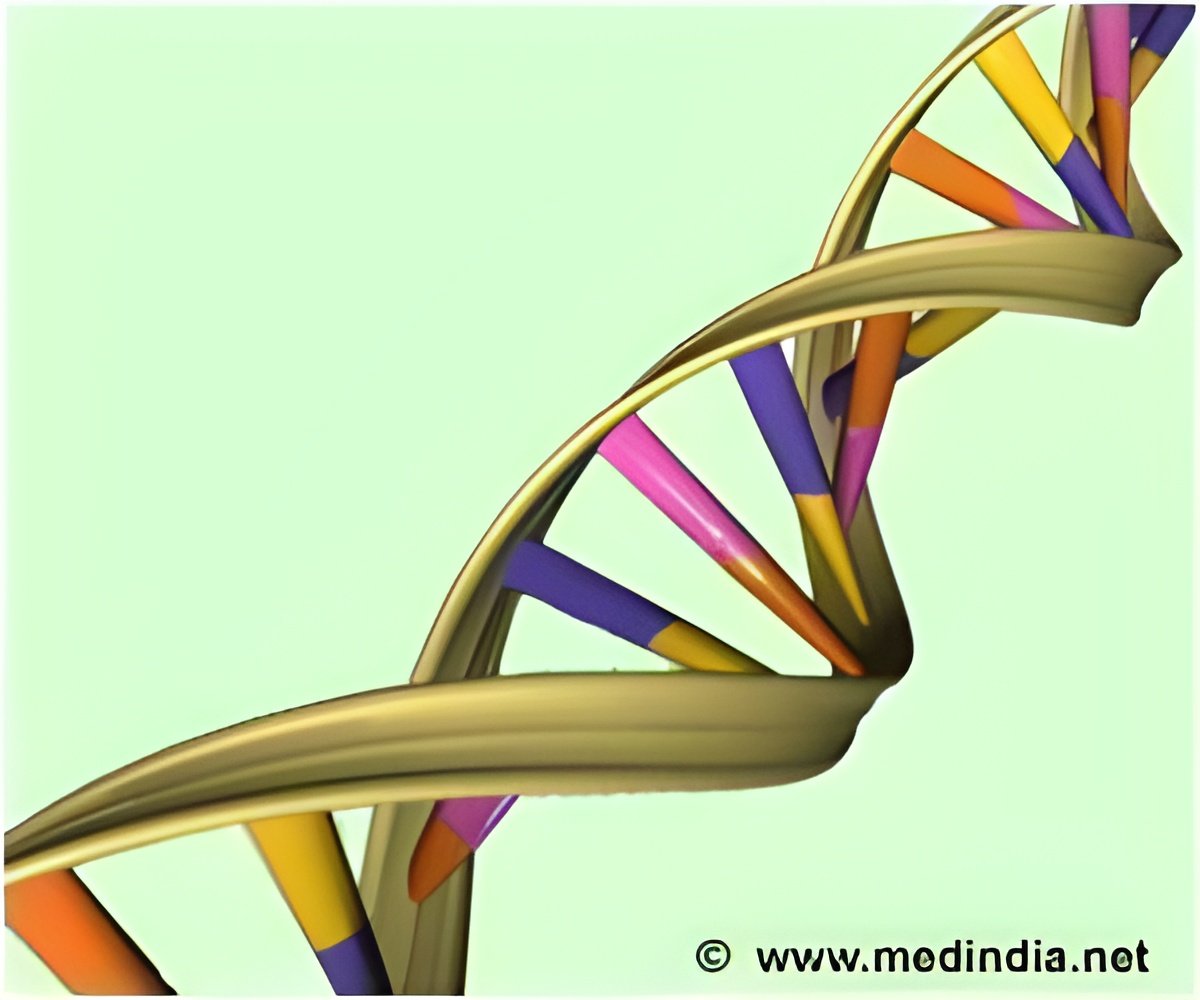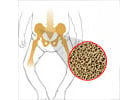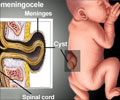Formaldehyde is a toxin, as it can damage DNA and it was found that it is a by-product of an essential reaction that happens inside our own cells.

‘Increased input of folate increases the toxicity of formaldehyde, which can further lead to DNA damage.’





The research, published in Nature, has uncovered that formaldehyde is a by-product of a key process called the 'one carbon cycle'. This cycle uses a vitamin folate, to create DNA and essential amino acids, which cells need to function and multiply.Dr Ketan Patel, senior author on the paper from the MRC Laboratory of Molecular Biology, said: "We've known for a while that we must produce formaldehyde in our bodies, but we didn't know where it comes from. We've discovered that some of it comes from an unexpected source, a key pathway called the one carbon cycle - that's used to make the building blocks of life, such as DNA and certain amino acids. The one-carbon cycle is a fundamental process which is present in all forms of life, right down to bacteria."
Formaldehyde is a toxin because it can damage DNA. However, our cells have two lines of defence against the danger of formaldehyde. Firstly, an enzyme converts the formaldehyde into a less dangerous chemical, called formate. And secondly, DNA damage caused by formaldehyde can be fixed by DNA repair enzymes.
These findings could provide a new target for developing cancer drugs, as some types of cancer notably BRCA1 or BRCA2 breast cancers - lack the DNA repair enzymes to protect themselves from formaldehyde toxicity.
The researchers found that treating laboratory-grown cells with folate leads to the release of formaldehyde, and speculate this could lethally damage the DNA of the BRCA cancer cells that cannot repair this damage.
Advertisement
Dr Patel commented: "The one carbon cycle is already a key target for cancer drugs and this study opens up exciting new opportunities to harness this pathway for cancer research."
Advertisement
The scientists were surprised to find that the toxic formaldehyde also has a positive function in cells, as it paradoxically also fuels the one-carbon cycle. Formaldehyde is broken down into formate, which the one-carbon cycle uses to make the building blocks of life.
Dr Patel said: "Surprisingly, although the body produces this violently toxic formaldehyde, it then converts it into something that can be used to fuel the one-carbon cycle. So, something toxic is converted into something useful to the body, to make certain amino acids and DNA. Folate and formaldehyde have two faces: a beneficial side because they provide the chemical buildings blocks for cells to live and grow, and a dangerous side because formaldehyde can damage DNA."
This discovery suggests how cancer cells may be able to resist current chemotherapy drugs, such as methotrexate, that block folate going into the one carbon cycle.
The researchers suggest that with folate pathway blocked, cancer cells might be able to keep functioning by switching to using the newly discovered formaldehyde pathway to build the DNA and proteins that cancer cells need to multiply.
Dr Nathan Richardson, MRC Head of Molecular and Cellular Medicine, said: "This study is a great example of the value of investing in discovery science, where important insights into cellular metabolism have opened up new opportunities for treating interventions in diseases, such as cancer and overcoming resistance to existing therapies."
While the study shows that increased input of folate results in greater formaldehyde toxicity, it was conducted in laboratory cell cultures dosed with high amounts of folate and genetically altered so that they cannot process formaldehyde.
The authors caution that no conclusions should be drawn about whether there is any overall effect in a living animal consuming folate.
Source-Eurekalert









